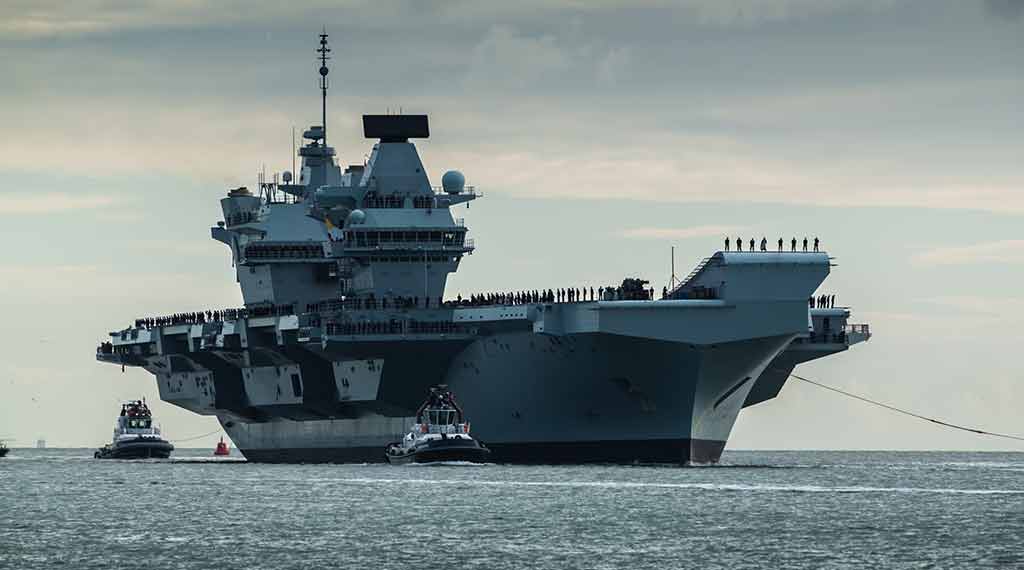The secret reason the age of the aircraft carrier is over

The U.S. Navy’s carrier strike groups face increasing threats from advanced missile technologies, such as Russia’s Kh-47M2 Kinzhal and China’s DF-26 and DF-21 “carrier-killing” missiles.
The limited range of U.S. Navy’s strike fighters, like the F/A-18E/F Super Hornets and F-35 variants, necessitates carriers to operate within enemy missile range, posing significant risks.
However, new tactics and technologies, including the use of the MQ-25 Stingray drone for refueling, and deployment of long-range weapons like the AGM-84 Harpoon and AGM-158C LRASM, aim to mitigate these risks by allowing carriers to maintain safe distances while effectively targeting adversaries.
The U.S. Navy Aircraft Carrier and the Range Problem
As U.S. adversaries continue to build up their respective missile and drone capabilities, the Navy’s carrier strike group could be in trouble. Russia possesses its Kh-47M2 Kinzhal hypersonic air-launched ballistic missile, which has already been deployed to strike targets in Ukraine.
China employs the DF series of missiles, particularly the 26 and 21 variants, both of which are formidable “carrier-killing” missiles.
- Iran’s Growing Missile Arsenal Is a Challenge for Israel - November 18, 2025
- IAI Is Hoping to Secure a Contract for the “Golden Dome” - November 3, 2025
- Trump dispatches B-1 bombers and other military assets to Venezuela - October 28, 2025
